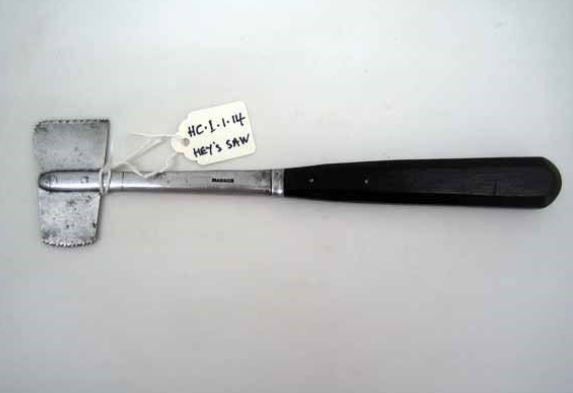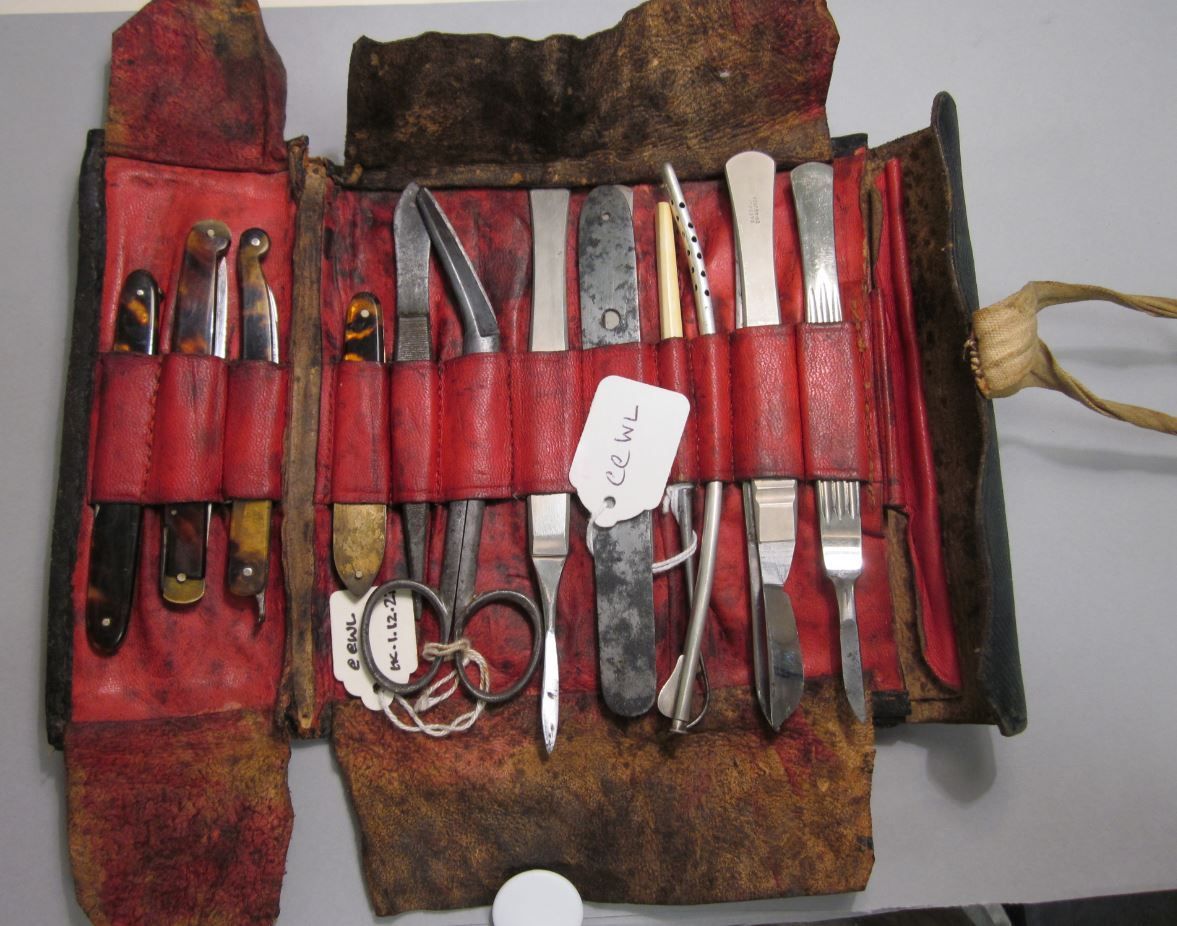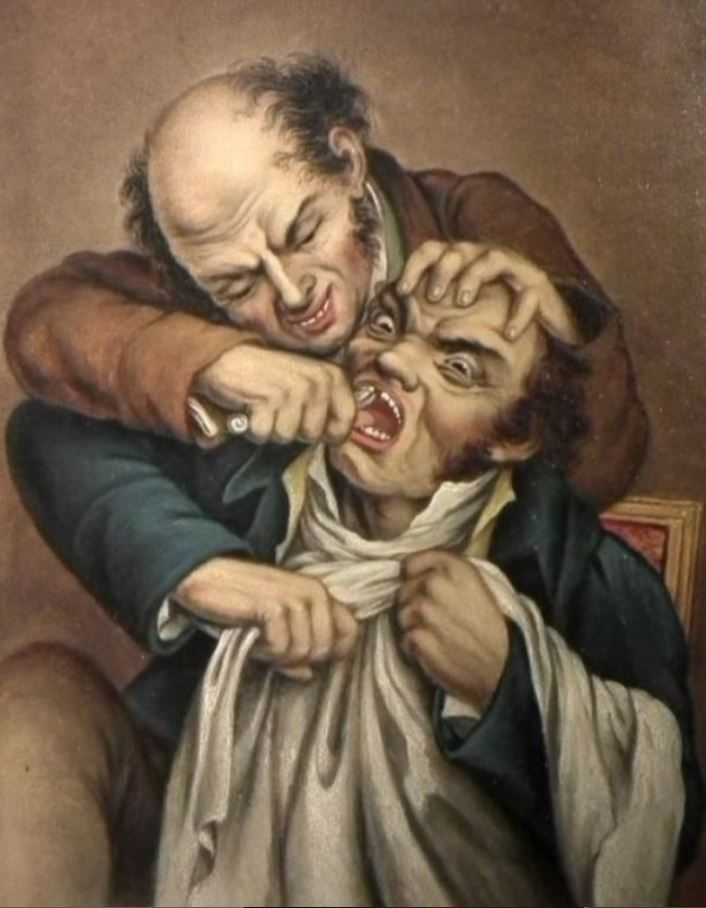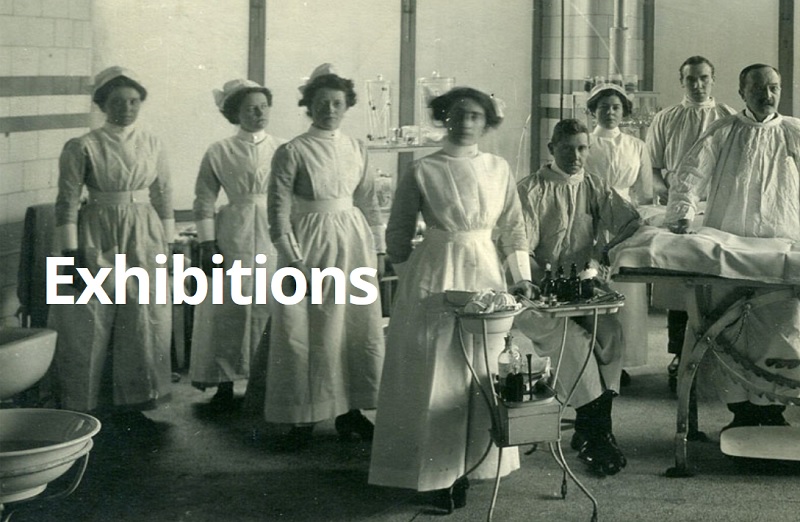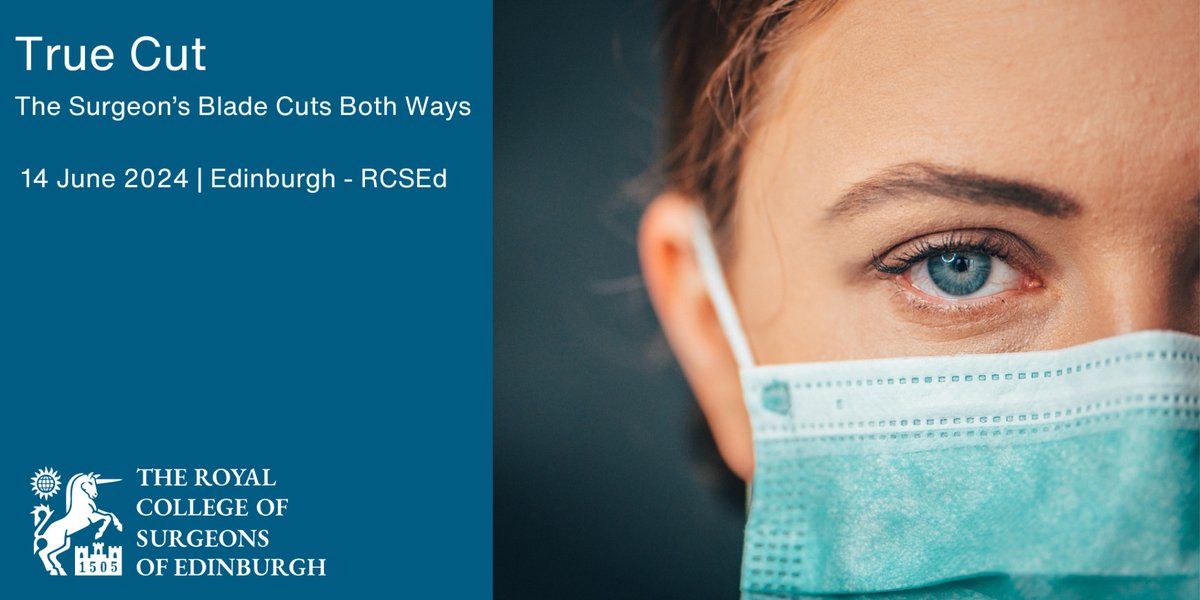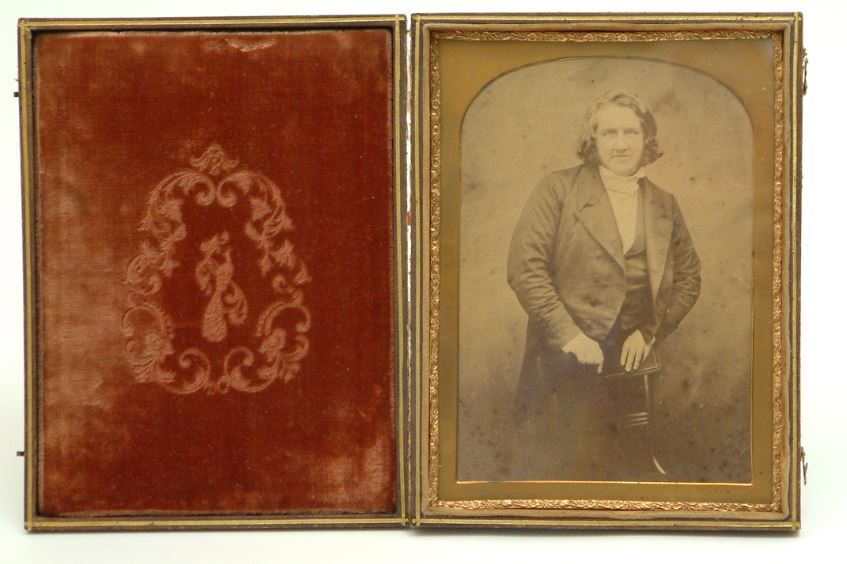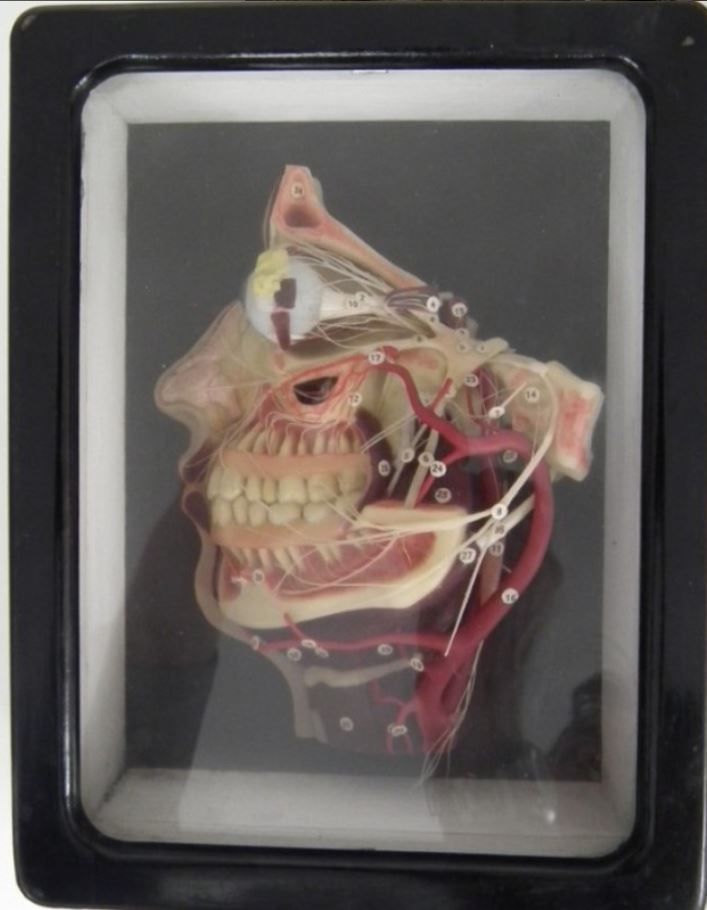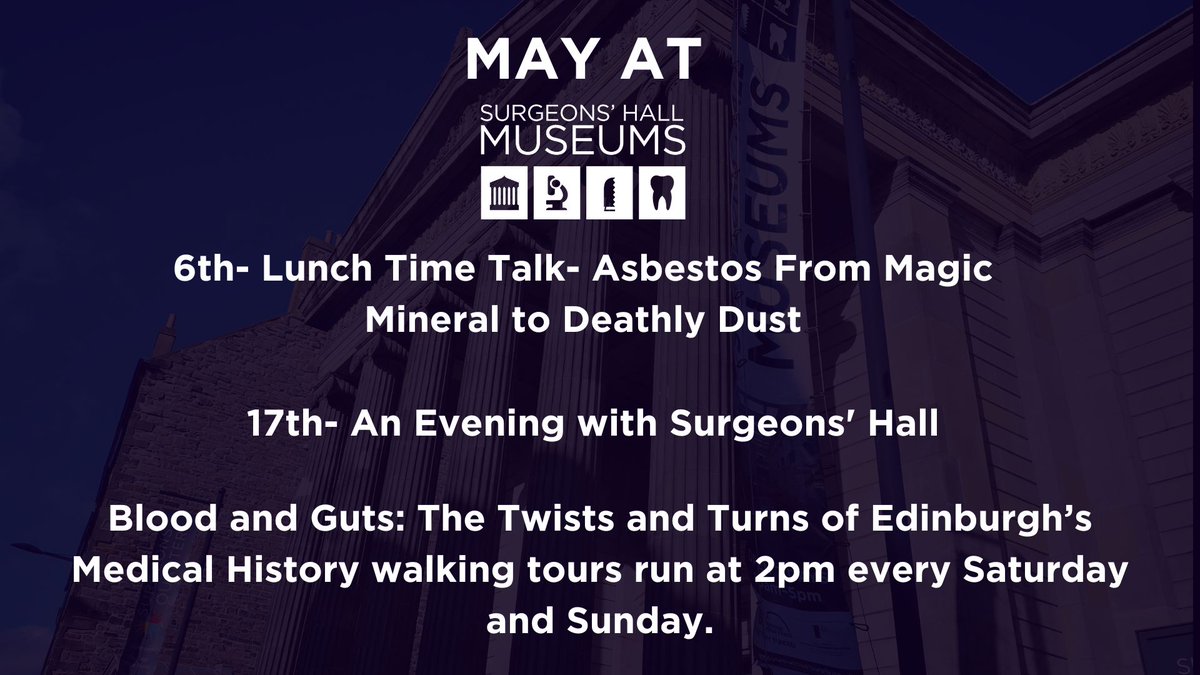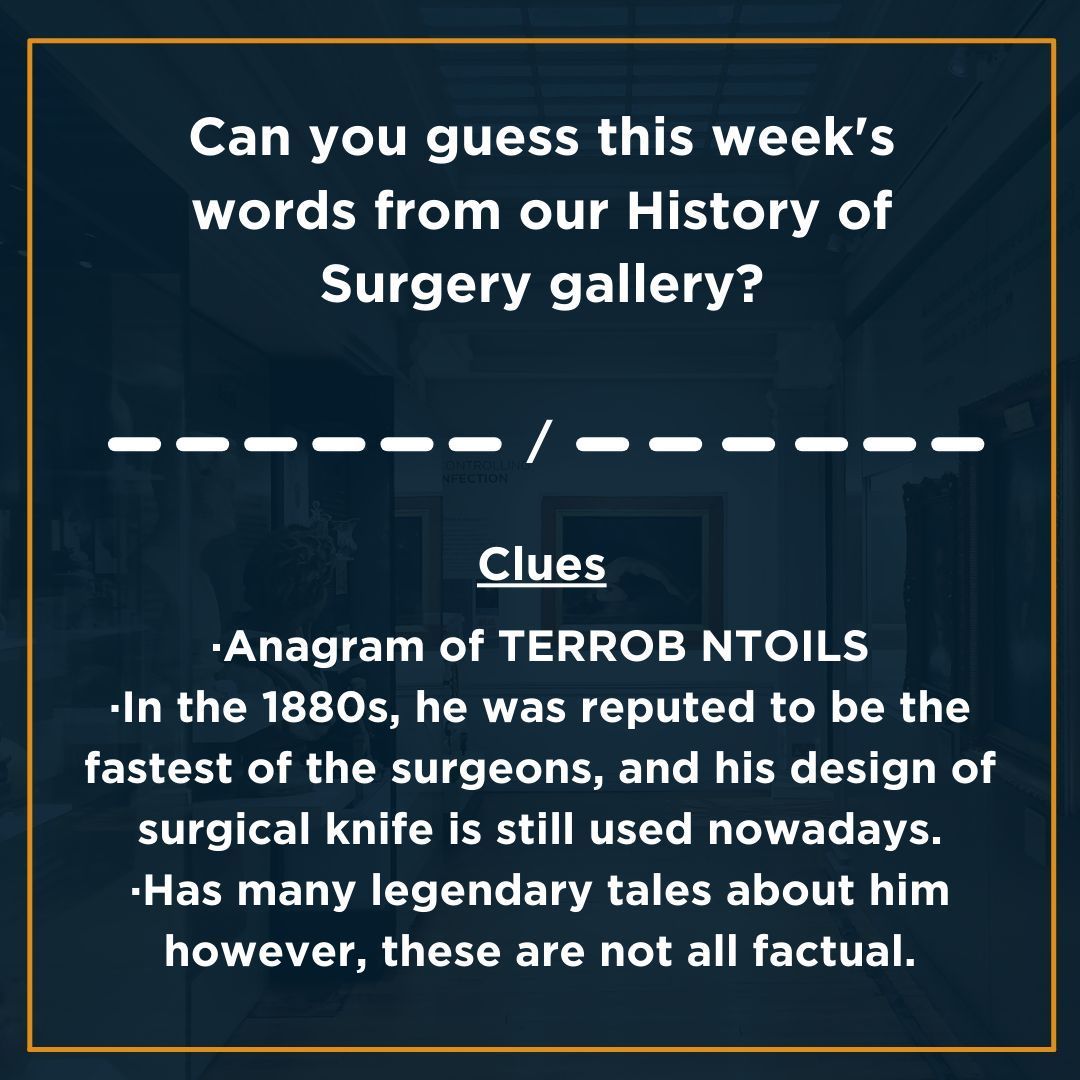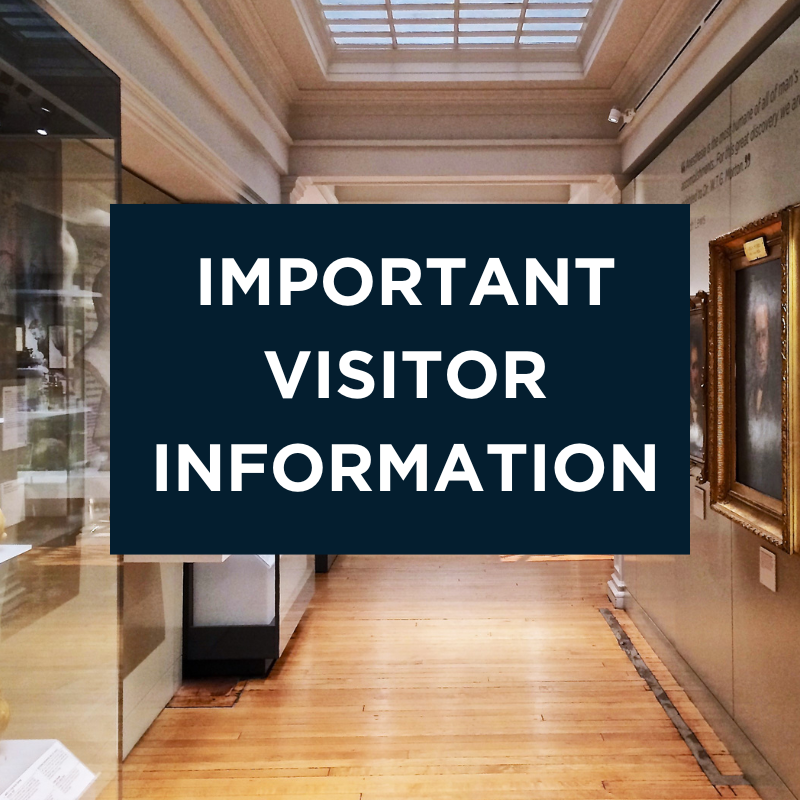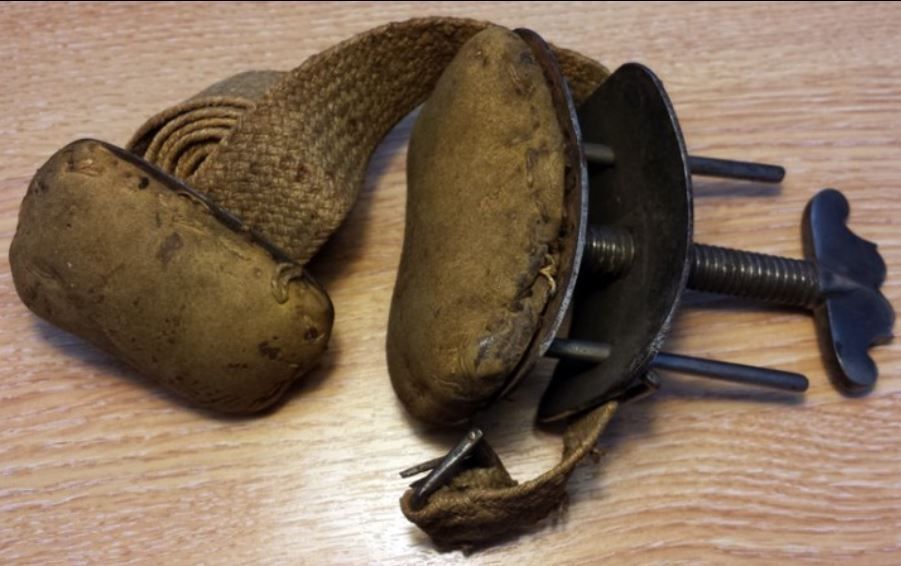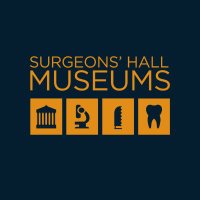
Surgeons' Hall Museums
@surgeonshall
Home to the largest & most historic collection of surgical pathology in the world.
Open 10am-5pm, 7 days a week.
For Library and Archive follow @RCSEDArchive
ID:138428447
http://museum.rcsed.ac.uk/ 29-04-2010 14:26:57
20,5K Tweets
28,1K Followers
1,9K Following





This is a dental elevator. The two claws have hollowed, tapered beaks, and are interchangeable by operating a serrated spring-loaded, self-locking device in the shaft.
#TriviaTuesday
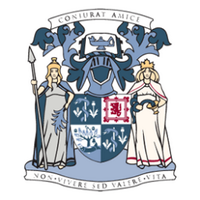


For the first #TriviaTuesday of May we have this mid 19th century instrument. It is 145 cm in height and 7.5 cm in width. Any ideas what it is?
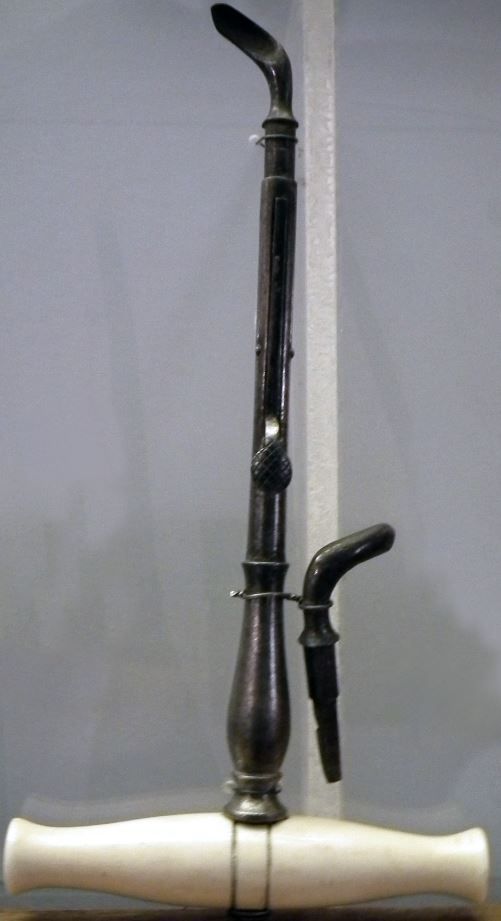


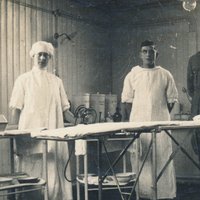
OTD 1895 Lilian Murray became the first woman to qualify as a dentist in the UK The Royal College of Surgeons of Edinburgh. Previously she attempted to enrol at the London Dental School but was refused entry to the building for fear of distracting male students, & was interviewed on the pavement outside the School!
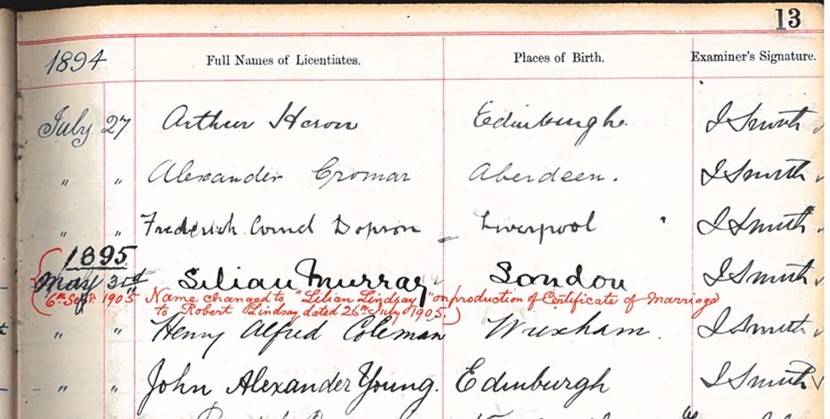





For the final #TriviaTuesday of the month we have this instrument from the early 19th century. It is made of silver and is 4.3 cm in length. Any guesses what it is?




